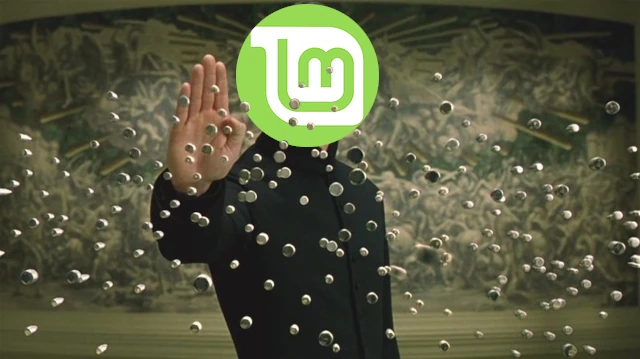That’s very interesting, but it seems like one of those use-cases where alternatives actually shine better than ZFS.
I can think of two alternatives, which both allow instant file access on the disc (like browsing a folder), without the need to do any extra steps, such as transferring or importing, nor relying on zfs or zpool actions.
Option 1: PAR2
Put all your important files into a folder.
Create PAR2 recovery blocks, with you preferred percentage of data-to-recovery. (You can base this on how much will fit onto a disc.)
par2create -R -r15 MyFolder MyFolder
Burn MyFolder and all MyFolder.*par2 files directly to the disc.
Result: All files and folders are immediately accessible on the disc, no different than browsing a USB stick. You have enough recovery blocks that can take as much damage (or bitrot) to the media (anywhere on its surface), up to the amount you specified when you created the recovery files.
Caveat: This does not safeguard against filesystem damage (such as UDF or metadata.)
Option 2: dvdisaster
Put all your important files into a folder.
Create an ISO out of this folder (preferably UDF format.)
Use dvdisaster to create an “augmented” ISO, with recovery bits baked into the entire ISO itself.
Burn this ISO as a disc.
Result: All files and folders are immediately accessible on the disc, no different than browsing a USB stick. You have enough recovery information that can take as much damage (or bitrot) to the media (anywhere on its surface), based on the total capacity minus the data’s consumed amount. (E.g, if the M-Disc is 25 GiB, and the total data is 15 GiB, than you have 10 GiB worth of parity protection.)
Bonus: This protects against any type of damage, even filesystem or metadata damage.
I can vouch for Option 2. I’ve actually tested it myself, and it works, even when I took a knife and made a scratch across the disc.
The recovery did take a while, but it restored the ISO to 100% original condition.
It’s a two-part process.
-
You tell dvdisaster to try to read the entire disc, in which it is saved as an ISO to your computer. Naturally, this ISO will not be the original, since the disc has physical damage.
-
You tell dvdisaster to try to restore the ISO to its original state, using the baked-in augmented recovery info. (This is all automatic. Nothing required on your part, not even foreknowledge of the ISO.) This part takes a while (CPU intensive, Reed-Solomon algorithm), but in the end, it worked! 
